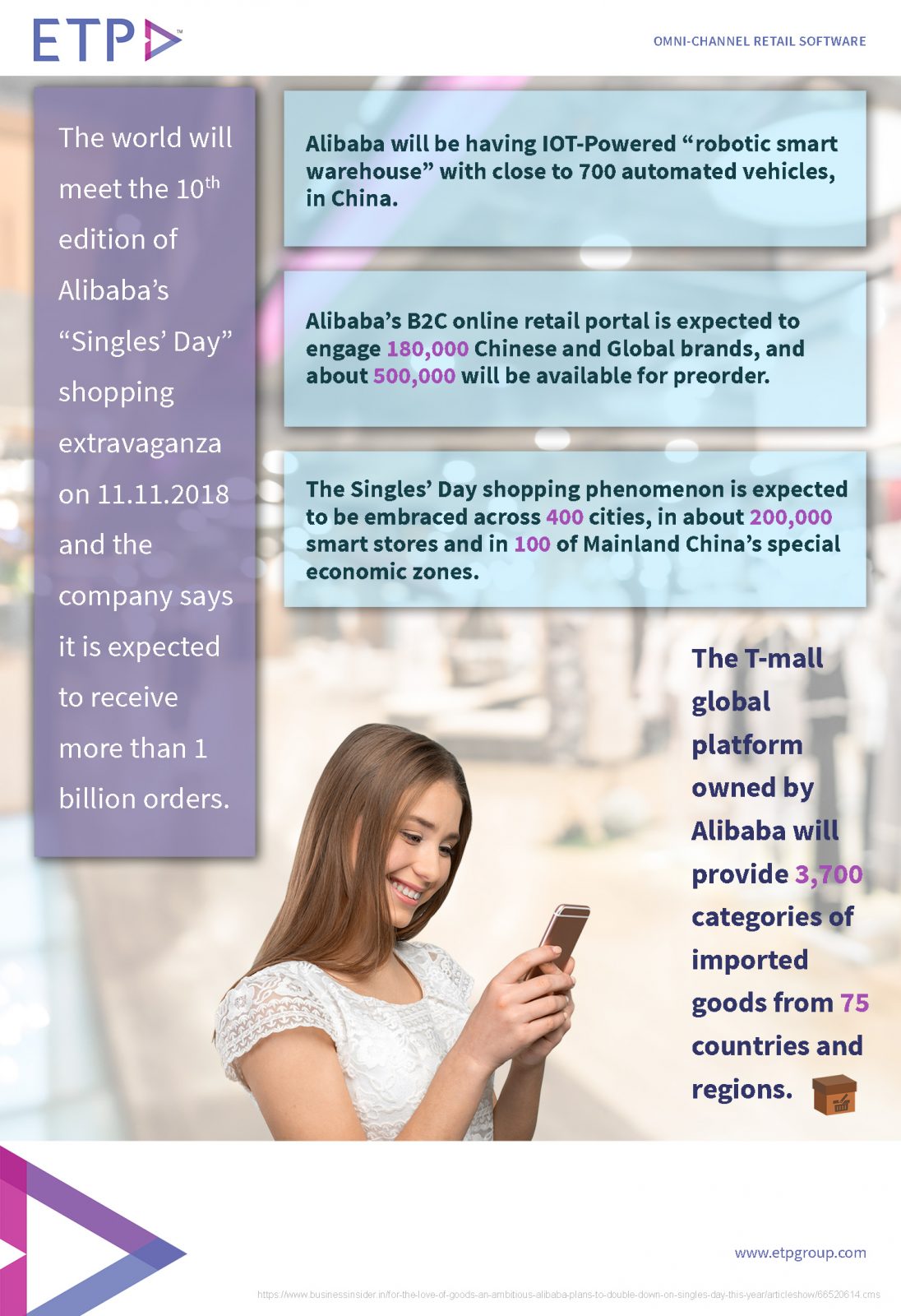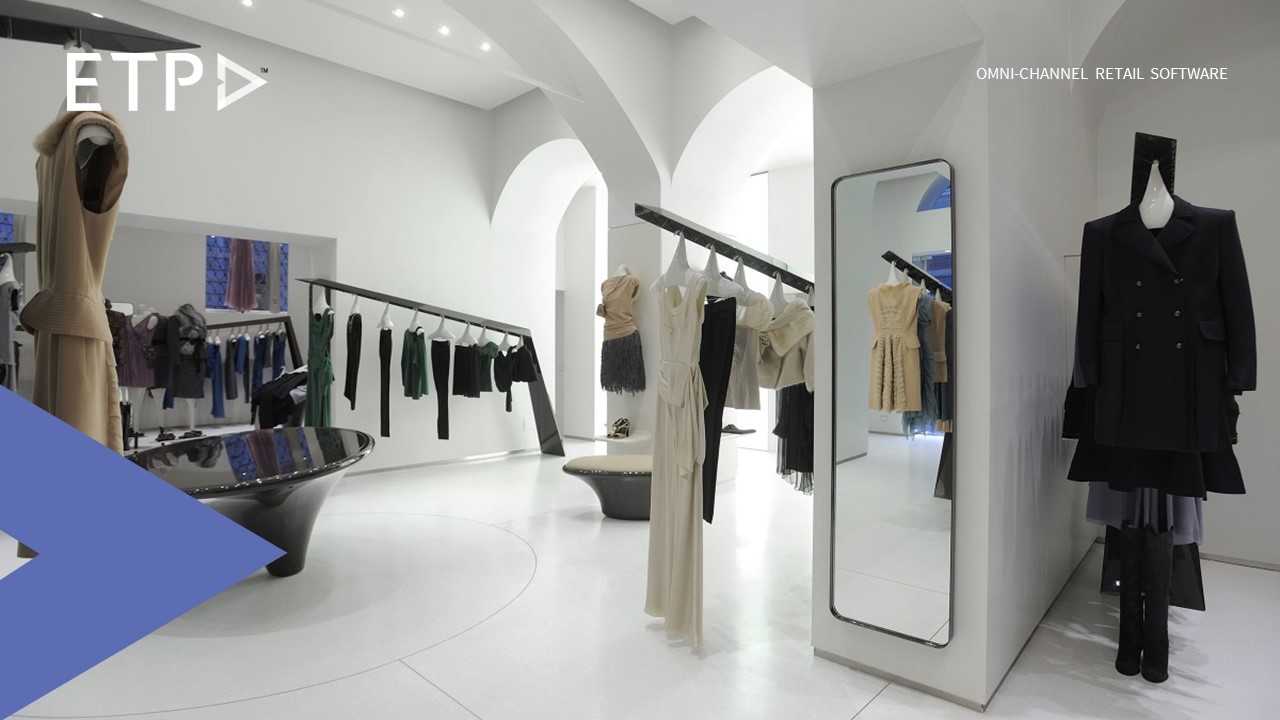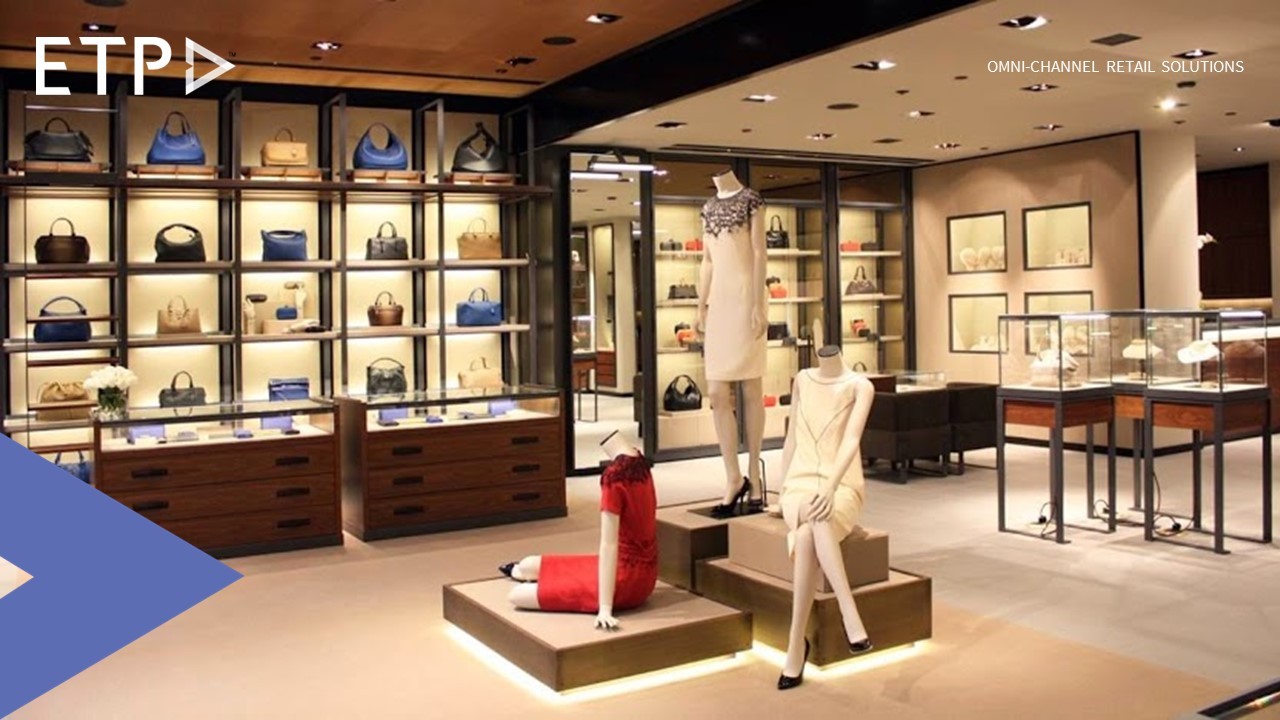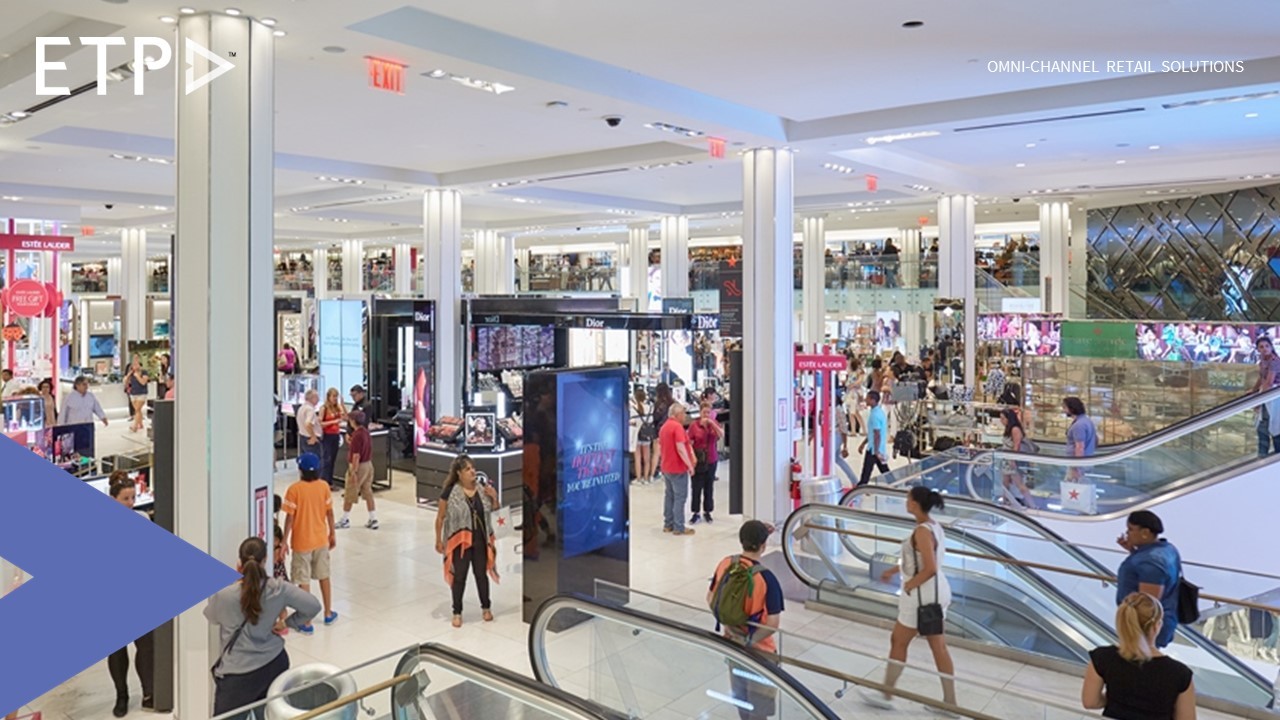
Two years ago I wrote about the struggles of the retail industry in my article “Retail is dead! Long live Retail”, it’s nice to see some of the predictions in this article come true! Time to reflect and see what’s next.
The US retail market, the bellwether of the industry, has finally started growing again. Retail sales are surging, up 6.4% YOY from last year this July. Store closures are down 22%.
The growth is being led by Retailers who are getting the consumer back, bringing e-commerce like service to their customers, with click and collect and curb-side pickups, concierge services, frictionless returns, store to home deliveries, and many other services. While physical retail is back, e-commerce continues to grow, interestingly a major part of this digital growth is being driven by retail giants like Walmart.
At the same time, we are seeing a number of brands and retailers heading down the slippery slope. Some of them household names. The market is clearly being divided into those who will make it and those who will not. These retailers have closed unprofitable stores, cut costs, reduced manpower, rejigged their pricing and merchandise, yet they are not able to make it out of the downward spiral. So what is the reason? Since we work with retailers across 22 countries and see some of our customers and friends in both categories, we can clearly see the difference in their approach. Some retailers see technology investments and related service costs as a necessary evil, they do not see them as strategic tools to help them win this wave of transformation both in the industry and the minds of consumers. These are the retailers who are endangered, though they can still turn around if they change their mindsets.
On the other had there are a number of retailers who are quietly embarking on large internal projects to change the way they work with consumers and the service levels they provide, transforming their technology and online presence, bringing Omni-channel and self-service initiatives to the table and using smart ways to price right and brand right and promote the right products to the right consumers. They have brought in change in their existing teams and brought on board a number of new retail experts, worked closely and deeply with technology and supply chain partners, malls and banks to bring about the transformation that’s required. They are making great progress and have a shot at winning the retail race.
The race is still open, and like in any race, there will be winners and losers. May the best retailers win!
This article has been written by:
 Naresh Ahuja, Chairman and CEO, ETP Group
Naresh Ahuja, Chairman and CEO, ETP Group
Naresh as the Founder, Chairman and CEO of the ETP Group leads the company with a clear focus on bringing enduring value to customers through best practices mirrored in software applications. Spanning 30 years of focus on retail domain expertise and IT development, ETP today, has a strong customer base of market leaders in more than 22 countries across Asia Pacific, India and the Middle East, and is Asia’s leading Omni-channel Retail Software company.







